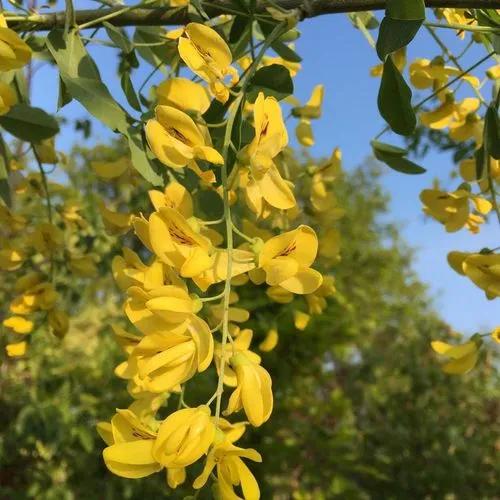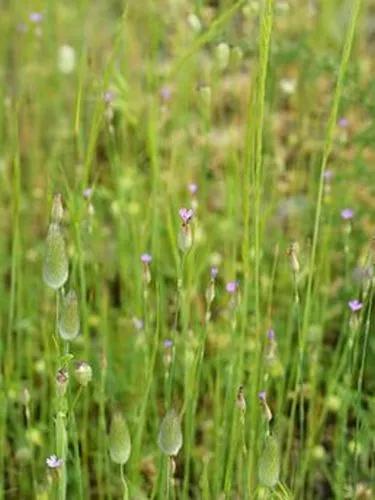Amaryllis is a bulbous plant, with each bulb being 5–10 cm (2.0–3.9 in) in diameter. It has several strap-shaped, hysteranthous, green leaves with midrib, 30–50 cm (12–20 in) long and 2–3 cm (0.79–1.18 in) broad, arranged in two rows.
Giant Amaryllis Care
Hippeastrum Giant Amadeus



How to Care for the Plant

Water

Place the pot in a location that receives bright, indirect light. Water sparingly until you see about 2" of new growth. From then on, water regularly. As the plant grows, turn the pot periodically to encourage the flower stalks to grow straight.

Pruning

Prune the flowers and stalk once it’s spent and before the amaryllis develops a seedpod, which depletes the amaryllis bulb’s energy. Wait until the flowers completely fade and the flower stalk yellows before trimming it off the plant. Trim it off about an inch above the bulb, being sure not to cut into the foliage. For foliage pruning, wait until it has completely yellowed and becomes brown before trimming it off the plant.

Fertilizer

The stored bulb contains all the "food" your amaryllis needs to sprout and bloom. If you decide to keep your amaryllis for reblooming next year, you'll need to fertilize it like you would any houseplant

Sunlight

Provide bright, indirect light

Soil

One good mix is made of two parts loam, one part perlite, and one part rotted manure.

Temperature

The ideal temperature is 68 to 70 degrees F. Water sparingly until the stem appears, then, as the bud and leaves appear, gradually water more. At this point, the stem will grow rapidly and flowers will develop after it has reached full growth.

Additional

The plant is considered poisonous to humans if ingested, primarily causing stomach upset if the bulb is ingested. The American Society for the Prevention of Cruelty to Animals also lists amaryllis as being toxic to both cats and dogs. Amaryllis is also known as "naked lady" because it produces flowers before leaves on the "naked", leafless flowering stalks. Fruit of amaryllis is capsule filled with large, heavy seed. Amaryllis propagates via bulbs and seed. Plant starts to bloom 6 year after sowing.

Popularity

387 people already have this plant 69 people have added this plant to their wishlists
Discover more plants with the list below
Popular articles






